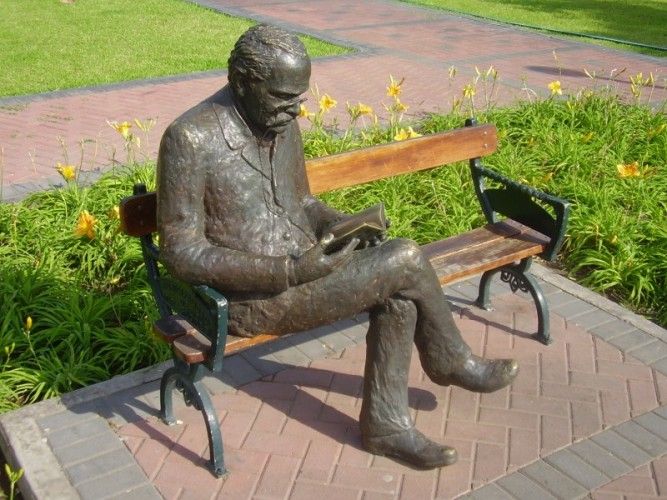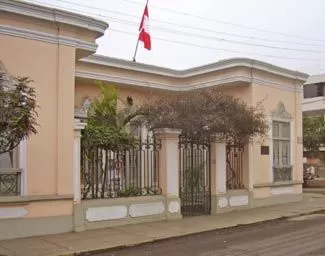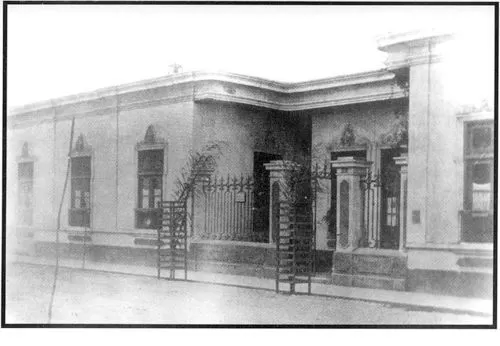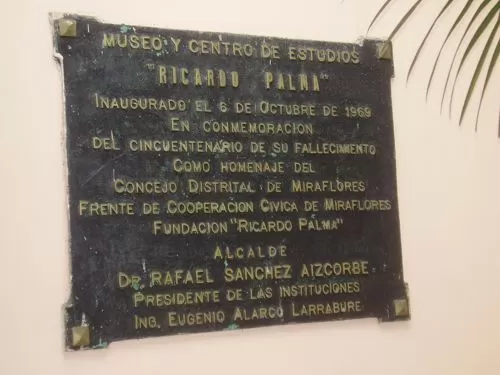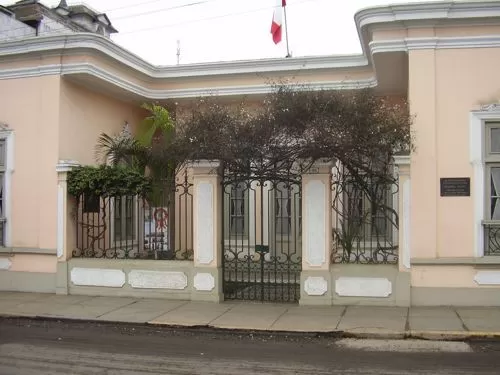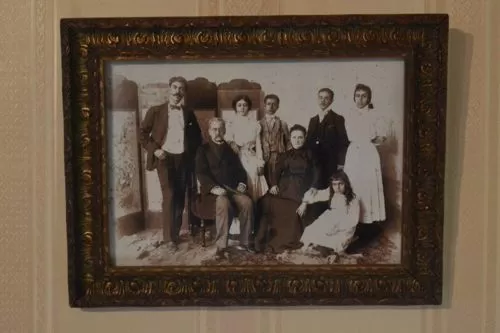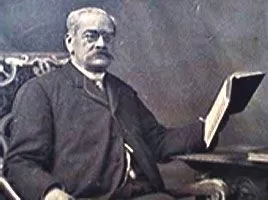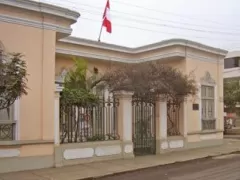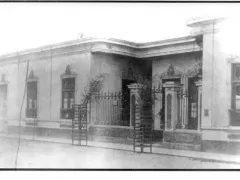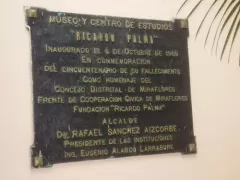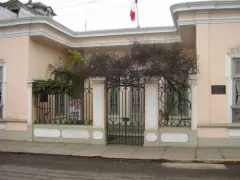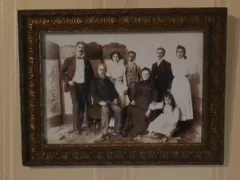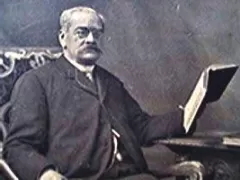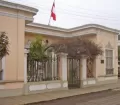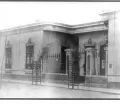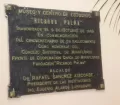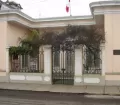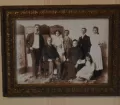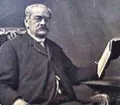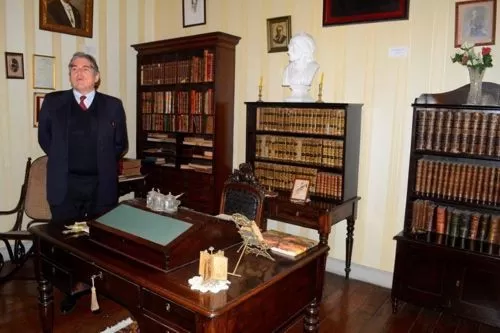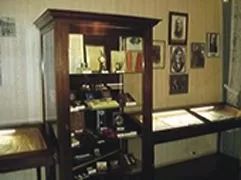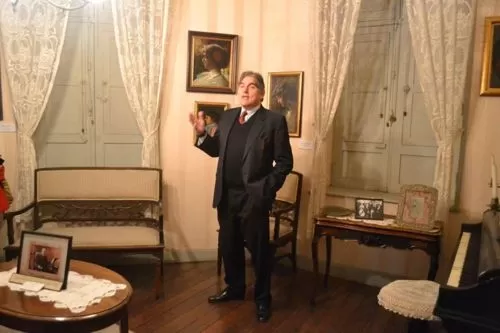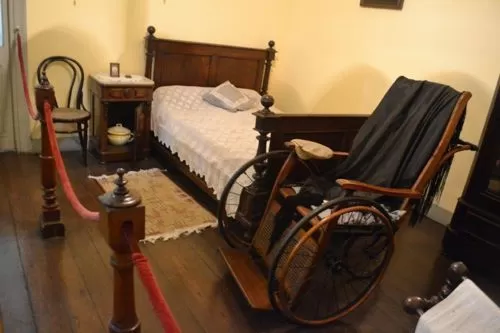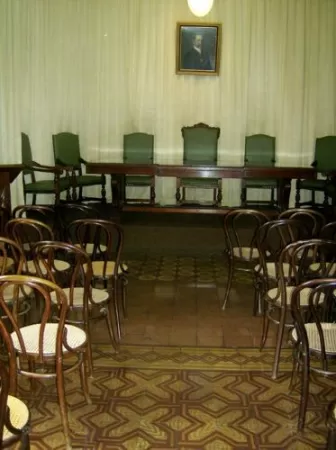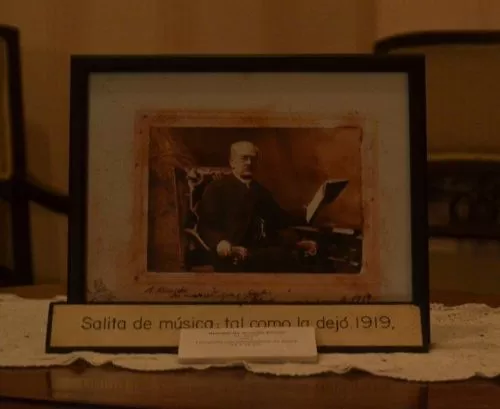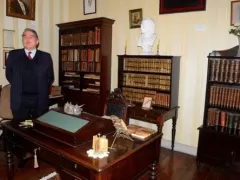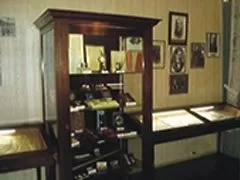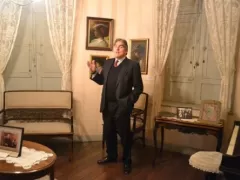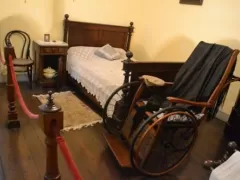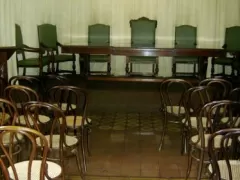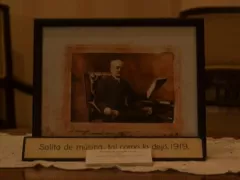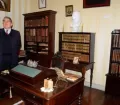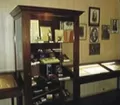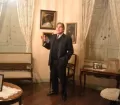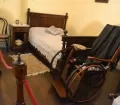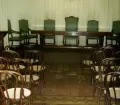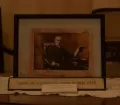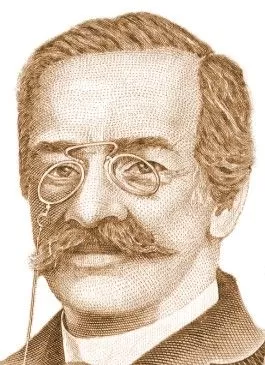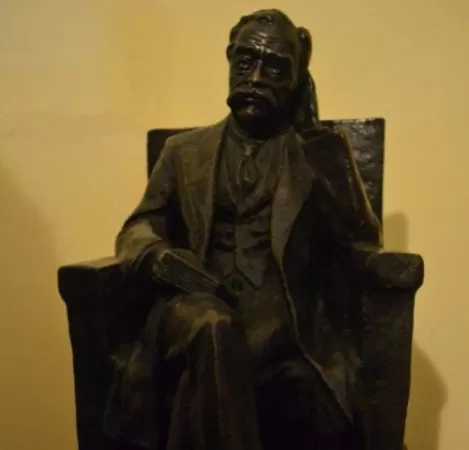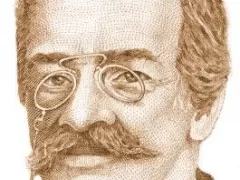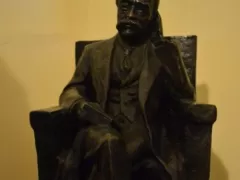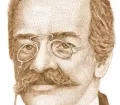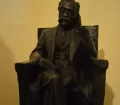The "Museo Casa Ricardo Palma" resides in the house in Miraflores, where Ricardo Palma lived for a long time. Furniture and personal belongings of the famous author and scholar are still there. Ricardo Palma lived an active life as a naval officer, journalist, and politician before gaining fame as a historian. Palma is noted for creating the literary genre called tradición, a combination of fiction and history that forms some kind of historical anecdote.
His works concerning colonial and early Republican Peru were published in his well-known "Tradiciones Peruanas".
Ricardo Palma
At the end of the 19th century Miraflores was a small town separated from Lima by many farms, fields and haciendas. The connection to Lima was a road that follows nearly the same route as the actual Paseo de la Republica (Express Highway).
Ricardo Palma, born on the 7th of February 1833 in Lima and deceased on the 6th of October 1919 in Miraflores, lived twice in Miraflores; initially from 1878 to 1881 and then 1912 until his death 1919.
After being the Director of the National Library in Lima, Palma and his family returned to Miraflores in 1912 and established themselves primarily in a house on a "no name" street that disappeared after Miraflores was ‘modernised’, but it was close to what we know today as 'La Tiendecita Blanca' at the Ovalo Miraflores.
December 1912, Doña Irene Victoria y Menacho purchased a plot of land with around 470 m² located at the corner of Calle Colina and Calle General Suarez. In 1913 she built the house in which Palma and his family moved in as soon it was finished.
The mansion was built in the early 20th century style of an old "rancho", one-story made of adobe bricks with large windows decorated with stucco moldings and protected with iron wrought bars. At the entrance of the house was a small garden separated from the street with an iron gate. The entrance floor was finished with ceramic tiles. The house had 12 rooms, a little patio and a covered and elevated wooden walkway that brought fresh air and sunlight into it. All rooms were aligned around this walkway.
Palma choose the front room as his workplace, where he, now already over 80 years old, took care of his correspondence and received his guests, mostly well-known persons from culture and politics. On one wall of this room was a portrait of Palma painted in oil by Teofilo Castillo. Also many pictures and photographs of friends and some of his diplomas and awards decorated the room. Ricardo Palmas bookshelves were filled with books from contemporary Spanish writers, French encyclopedias and most special a collection of Voltaire´s works.
The corner room, with windows to both streets, was used as a living room. It also had a door to the front garden, so his daughter’s guests could use this independent entrance, giving Ricardo Palma his privacy but he still could see who was visiting.
After Ricardo Palmas death...
After Ricardo Palma's death his daughters, Angelica, Augusta and Renée moved out and the house was occupied by other families. In the 1950's and early 1960's it even housed a primary school. Considering the cultural importance of the house and the need to save it for the memory of its famous tenant, the Miraflores Civic Cooperation Front started negotiations in 1959 to turn the mansion into a museum and a center dedicated to studies about the life and works of the author of the "Tradiciones Peruanas".
On the 19th of January 1962 Ricardo Palma's last residence was declared a National Historic Monument. With money donated by several friends, companies and institutions, the pecuniary legacy of Doña Augusta Palma (who passed away in 1963) and with the support of the Miraflores Municipality the mansion was bought and saved from a quite possible demolishing, as so many old house in Miraflores for the so called "progress" and "development" of the city.
A Commission consisting one representative from the Miraflores Municipality, one of the "Friends of Ricardo Palma Society" and one member of the "Ricardo Palma Foundation" supervised the renovation and refurbishing of the house with the aim to give it back its original look and character when Ricardo Palma lived there. The only major change in the house was the reconstruction and amalgamation of the dining room and the servant quarters. This allowed creating a large space for an auditorium to hold all kinds of events related to Ricardo Palma´s work.
For the houses' interior decoration the foundation received various beautiful pieces from the legacy of Augusta Palma and other family members like: old furniture, paintings, personal objects, books, contemporary accessories, old curtains and tablecloths that once belonged to the famed author. Decorated with Ricardo Palma’s belongings and other objects of his time the house had soon the ambience of an early 20th century mansion and reflected the illustrious life of one of the most important Spanish writing authors in Latin America.
Since 1968 a patronage, comprising representatives of the Miraflores Municipality and the Ricardo Palma Foundation are in charge of the house, which reflects how much the Miraflores Community cherishes Ricardo Palma´s life and legacy and how much they appreciate that he choose to live in Miraflores for his last years.


